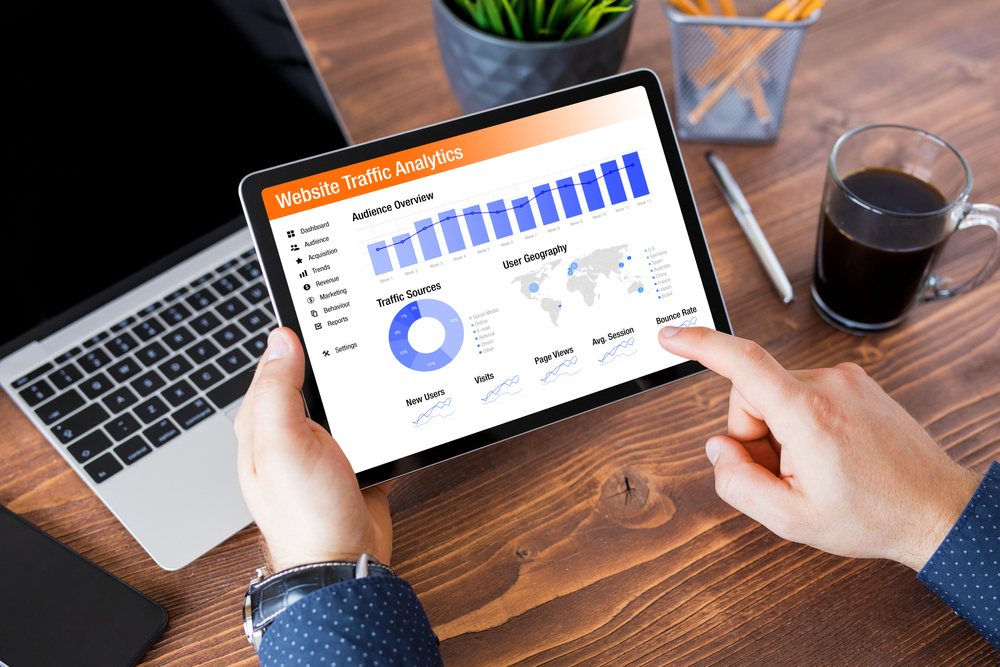In part one of this two-part blog series, we went over some basics on how to identify spam in your web traffic. No one wants spam on their business website in any way, as it risks everything from a worse customer experience to dropping page rankings from Google and other search engines, and taking the right steps to identify and remove it is very important -- which can be done using a few simple tools that help point to likely spam.
At Be Locally, our SEO services include a wide range of specific solutions, and limiting spam is absolutely something we'll assist you with. In today's part two of our series, we'll go over some of the other tools available for identifying spam on your site, plus how to utilize them.

When you have quality, non-spam traffic on your site, it's normal for users to view multiple pages in the same session. If you see a high number of pages per session in your analytics, but a low average time on site and high bounce rate, this is an indication that something is off -- likely that the traffic is coming from bots designed to quickly hit as many pages as possible rather than real people actually reading your content.
Specifically, if your pages per session is sitting around 1.0 or not much higher, that's a sign that you should investigate further as to where this traffic is coming from.
Referral traffic is simply traffic that comes to your site from another site -- for example, if someone clicks on a link to your site from another site, that referral traffic. You can find information about referral traffic in most analytics platforms, and it's a good idea to keep an eye on it.
If you see a sudden or significant spike in referral traffic from a site you don't recognize, that's another sign that something might be off -- especially if that traffic doesn't seem to be resulting in anyengagement (like pageviews, time on site, etc.) on your site.
While some increases in new users to your site are to be expected, such as if you recently ran a marketing campaign that resulted in more traffic, if you see a sudden or significant spike in new users with very little other activity on your site, that's another potential sign of spam.
These kinds of spikes, especially when compared with your past traffic patterns, can help you determine if the traffic you're seeing is real or spam.
By keeping an eye on these key metrics, you can get a better idea of whether or not the traffic you're seeing is real or spam. If you see any red flags, it's important to investigate further to ensure that your site isn't being targeted by spam.
At Be Locally, we can help you identify and remove spam from your site so that you can focus on attracting quality traffic that will result in more leads and sales for your business. Contact us today to learn more about our SEO services and how we can help you take your online visibility to the next level!
